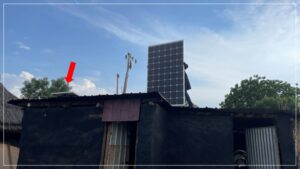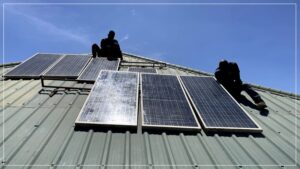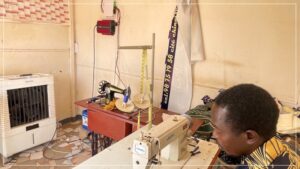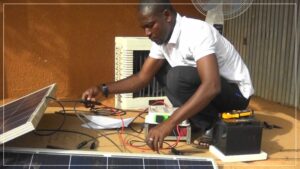When installing a solar power system, lacking proper knowledge can prevent you from maximizing its performance. In particular, improper battery management can significantly shorten the system’s lifespan.
For battery manufacturers, frequent replacements may be profitable, but for users, it becomes a costly burden. This article explains the risks associated with “circulating current” and how to mitigate them.
What is Circulating Current?
When batteries are connected in parallel without proper management, circulating current occurs. This phenomenon drastically shortens battery life.
For eFor example:
- Lead-acid batteries: The lifespan may be reduced to less than a year.
- LiFePO₄ (Lithium Iron Phosphate) batteries: Instead of lasting over 10 years, they may degrade within 5–7 years.
Circulating current accelerates battery degradation, leading to frequent replacements.
How Does Circulating Current Occur?
When batteries are connected in parallel, even slight voltage differences cause current to flow between batteries, leading to:
- Excessive heat generation, accelerating battery degradation
- Unbalanced charge and discharge between batteries
- A significantly shorter overall lifespan
How to Prevent Circulating Current
1. Use a BMS with Active Balancing
Most commercially available Battery Management Systems (BMS) use passive balancing, which controls excess current by dissipating it as heat. This method causes battery overheating.
In contrast, a BMS with active balancing efficiently controls battery current, preventing circulating current.
2. Minimize Parallel Connections
The more batteries you connect in parallel, the higher the risk of circulating current. If parallel connections are necessary, keep the number of connections as low as possible.
3. Match Battery Voltages Before Connection
To minimize circulating current, ensure that the voltage of each battery is precisely matched before connecting them in parallel.
4. Use Thick, Uniform-Length Cables
Uneven cable resistance contributes to circulating current. To avoid this:
- Use cables with sufficient thickness
- Ensure all connecting cables are of equal length
5. Use a Cooling System for Large-Scale Systems
In large-scale battery setups, circulating current can cause significant heat buildup. As a countermeasure, integrating a cooling system is becoming the industry standard.
6. Never Mix Different Battery Types
Using batteries of different types or from different manufacturers increases the likelihood of circulating current due to variations in voltage and internal resistance. This is the most critical mistake to avoid.
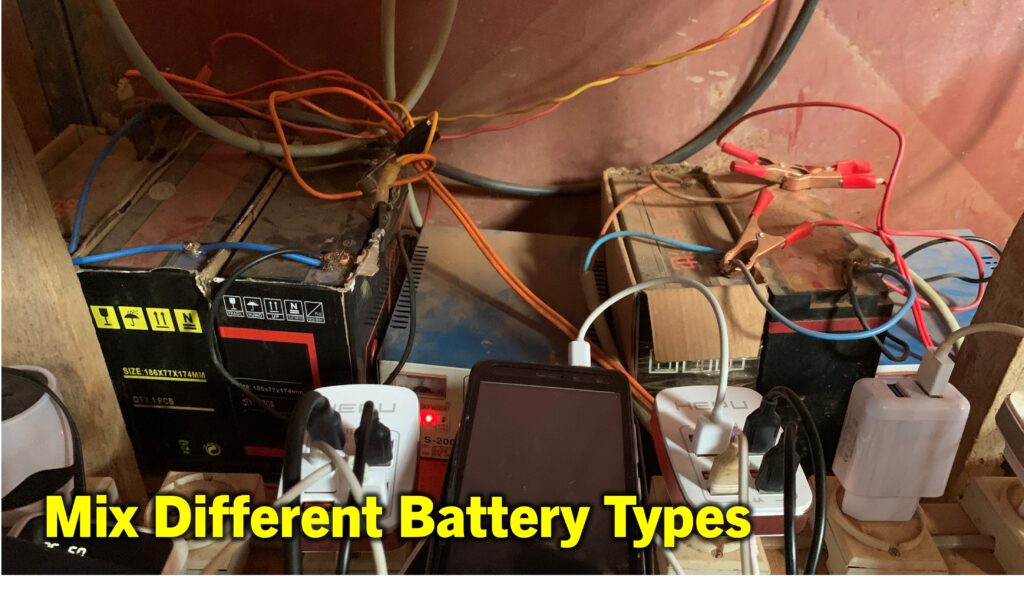
Conclusion
While a solar power system may function even without proper knowledge, poor management will significantly reduce battery lifespan.
To prevent circulating current, take the following precautions:
- Install a BMS with active balancing
- Limit the number of parallel connections
- Match battery voltages before connecting them
- Use thick cables of uniform length
- Include a cooling system for large-scale setups
- Avoid mixing different battery types
By following these steps, you can ensure a long-lasting and efficient solar power system!

